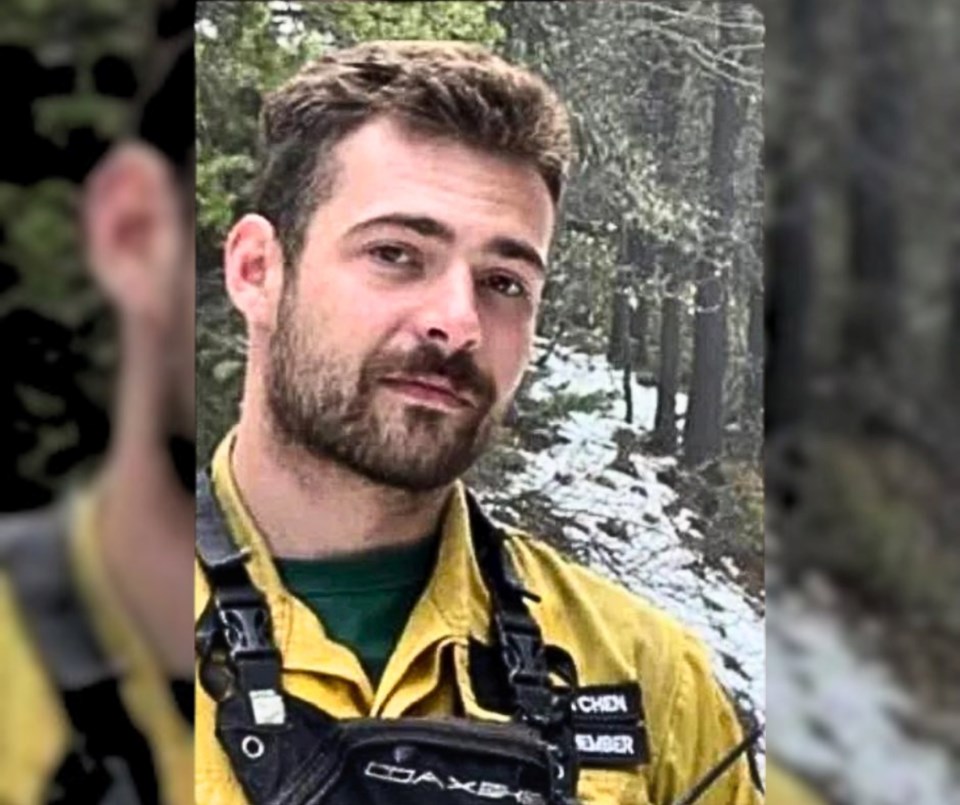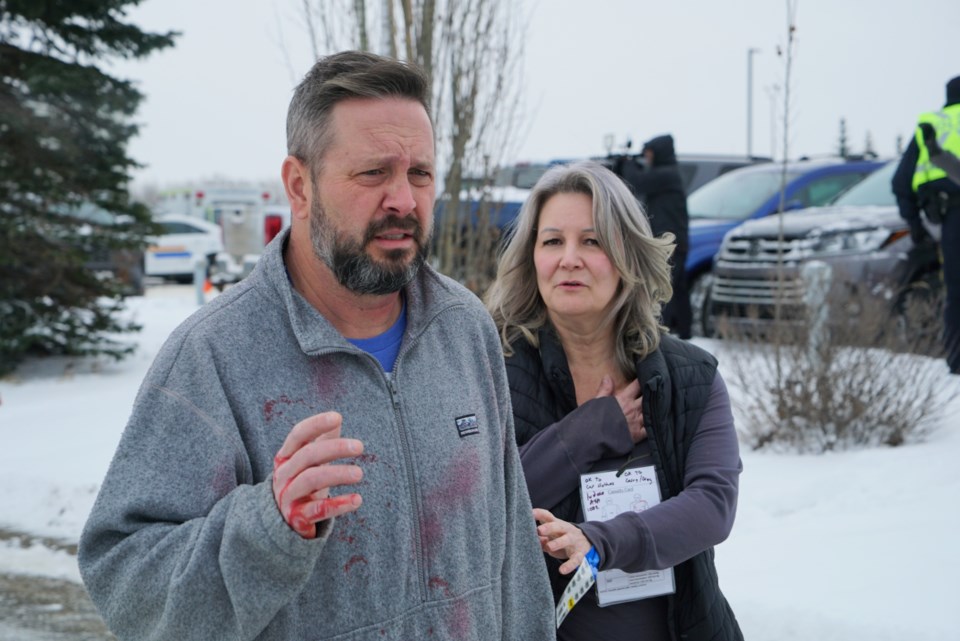The call came in on July 24: Send everything and anyone you can spare, the provincial government asked fire services across Alberta.
Eight St. Albert Fire Services members travelled to the mountain town to support the response to a wildfire the likes of which had never been seen in Jasper National Park.
They brought with them a fire engine, one brush unit and a support vehicle.
The meritorious service provided by those firefighters among the hundreds of others who answered the call in July stands atop the list of major 2024 occurrences for fire chief Everett Cooke, also St. Albert's director of Emergency Services.

“They were right in the townsite battling structure fires and were used in the urban interface” where the town’s edge meets the forest, which surrounds it on all sides. “As the days went on, they went into the interface areas making sure anywhere the fire was out, was indeed out and making sure there was no further threat.”
The danger wildfires present to those in the response was laid bare when Morgan Kitchen, a 24-year-old firefighter from Calgary, was struck by a falling tree Aug. 3 and died.

The most important highlight of St. Albert’s involvement in Jasper for Cooke was all eight firefighters returning safe and sound.
Training days
Along with the rest of the more than 100 members “assigned to the floor” and responding to fire calls and medical emergencies, those firefighters logged more than 7,500 hours of training time in 2024, a significant increase over 2023.
Counted in that total are activities from ice water rescue and medical first responder training to peer support, wildland firefighting training and annual live fire evaluations.

"Training is a high priority,” Cooke said. “It ensures members are competent and proficient in the skills” demanded of a firefighter.
Veteran presence
In June, 28 St. Albert Fire Services employees received provincial service medals in the first such awards ceremony since the pandemic. Cooke said 23 members were recognized for 12 years of service, three received their 22-year bar and two were singled out for passing the 40-year threshold.
“And that’s only a fraction of the department,” Cooke said. Together, they responded to 9,450 calls for service (as of Dec. 27), also an increase over 2023.
That’s one of the reasons recruitment will continue to be a priority for Cooke and the department in 2025. After an intake of applicants in September, the chief is hoping to hire a handful of firefighters to fill vacancies for this coming spring. He said there are eight vacancies currently, most if not all due to retirements.
Cooke is also keeping an eye on the potential construction of Fire Hall #4 in the city’s north in 2027. More firefighters will be needed to staff that station once it’s open.
The two towers
Also incoming over the next two years: New fire truck purchases authorized by city council.
The first, a new engine, is expected to roll into town this coming June. Another, the city’s second tower vehicle equipped with an aerial jet for taller buildings will arrive near the end of 2025, and a third, a water tender or “tanker” as the layperson may say, in 2026.

The lead times on new fire vehicles jumped during the pandemic; where Cooke would have expected to get a new engine in 12 months, now a 48-month wait is commonplace.
The department was able to buy the first engine to arrive while it was already in production, which is why it’s scheduled to arrive in 2025 and not 2028.




